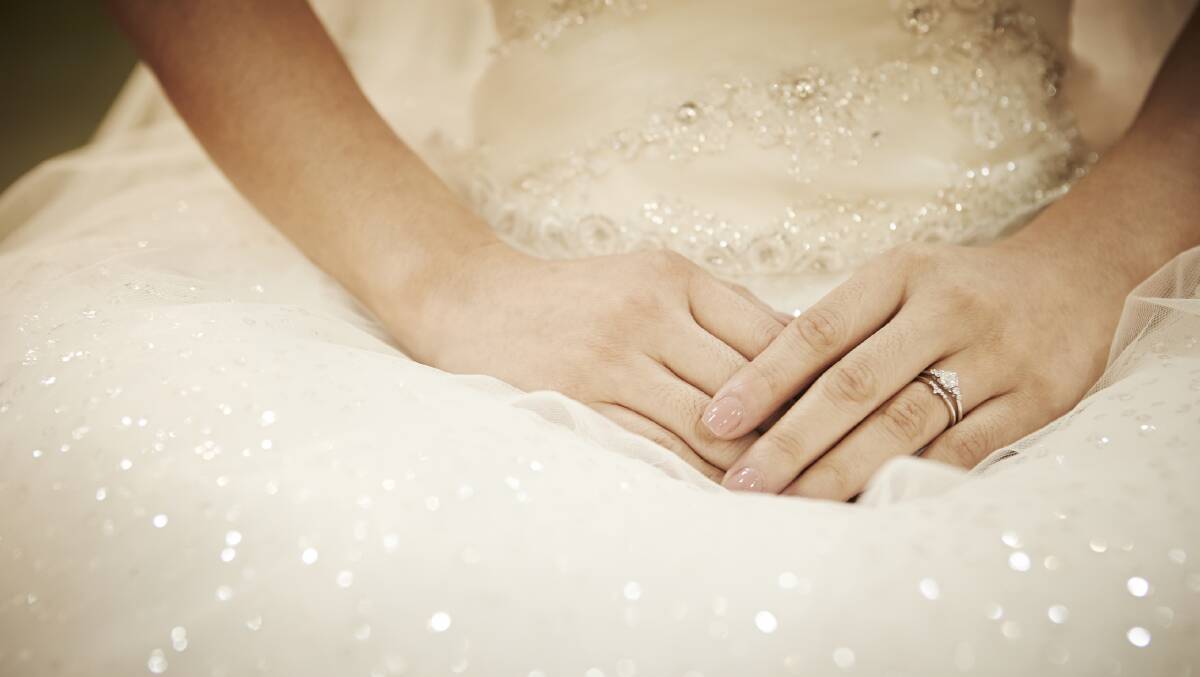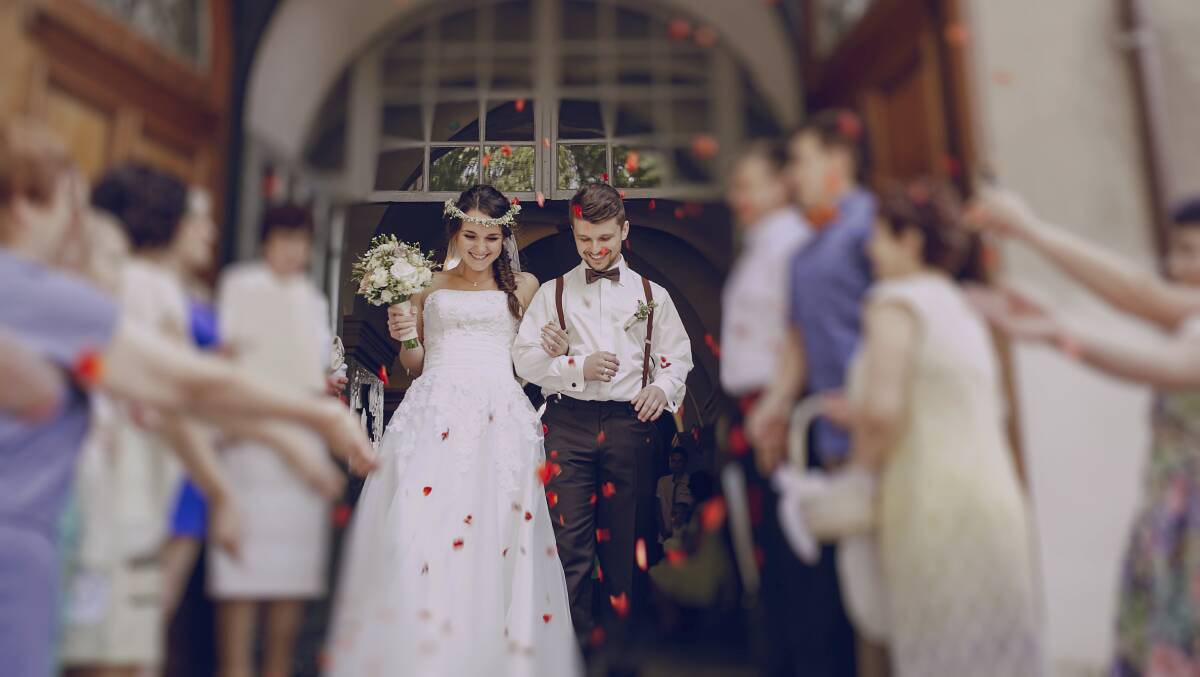THERE are many traditions surrounding marriage and the wedding ceremony, as diverse and varied as one could imagine. Most of those common to the Western world date from the days of the Roman Empire and the European Middle Ages, born from cultural, political and economic requirements of the time. Most of these traditions really have little meaning today, but are observed simply because things have always been done that way. Here are just some that are no doubt familiar.
Subscribe now for unlimited access.
or signup to continue reading

The ring finger
The index finger was the ring finger in third century Greece, while in India it was the thumb. The Western tradition began with Greeks, who believed in the romantic notion that the third finger was connected directly to the heart via a route named the “vein of love”.
The wedding ring
Rings were used as currency in the Middle East prior to the advent of coinage, and were a sign of wealth. In ancient times the wedding ring was thought to protect the bride from evil spirits. In early Rome, a gold band came to symbolise everlasting love and commitment in marriage, often carved with two clasped hands.
The term “wedding”
Although some brides were kidnapped, marriage by purchase was the preferred method of obtaining a wife. The “bride price” could be land, social status, political alliances, or coinage. When translated, the Anglo-Saxon word “wedd” means that the groom would vow to marry a woman, but it also referred to the bride price (money or barter) to be paid by the groom to the bride's father.
The bridal shower
Bridal showers were meant to strengthen the ties between the bride and her friends, provide moral support, and help her prepare for her the rigours of married life. Gift giving showers date from the 1890s.

The buck’s night
In the city of Sparta during the height of Greek civilisation, soldiers were the first to hold stag parties. The groom would have a party for his friends the night before he was to marry. He would bid farewell to his bachelorhood and pledge his continued allegiance to his comrades in the field.
The white wedding dress
In 1499, Anne of Brittany popularised the white wedding gown. Prior to that time, a woman simply wore her best dress or a new dress without regard to the colour.

Something “old, new, borrowed and blue”
The tradition of carrying one or more items that are old, new, borrowed and blue comes from the English. Something old, signifying continuity, could be a piece of cloth, jewellery, or a treasured family heirloom. Something new, signifying optimism in the future, could be an article of clothing or the wedding rings. Something borrowed signifying future happiness, could be any item from a happily married relative or friend.
Something blue, signifying modesty, fidelity and love, comes from early Jewish history. In early Biblical times, blue (not white) symbolised purity. Both the bride and groom usually wore a band of blue material around the bottom of their wedding attire, hence the tradition of “something blue”.
The wedding cake
In the first century BC in Rome, the cake was thrown at the bride or broken over her head as one of the many fertility symbols which were then an integral part of the marriage ceremony.
The best man
Among the Germanic Goths of Northern Europe in 200 AD, a man usually married a woman from within his own community. However when there were fewer women, the prospective bridegroom would capture his bride from a neighbouring village. The bridegroom was accompanied by his strongest friend (or best friend), whose purpose was to aid him in capturing a bride.
The garter and bridal bouquet toss
In parts of Europe, during the 14th century, having a piece of the bride's clothing was perceived to bring good luck. Guests would literally destroy the bride's dress by ripping off pieces of fabric. In order to prevent this, brides began throwing various items to the guests, the garter belt being one of the items. It became customary in the 14th century for the bride to toss her garter to the men. Sometimes the men would get drunk, become impatient, and try to remove the garter ahead of time. Therefore, the custom evolved for the groom to remove and toss the garter. With that change the bride started to toss the bridal bouquet to the unwed girls of marriageable age.

The honeymoon
After procuring his bride, the groom would take her and go into hiding. By the time the bride's family tracked them down, the bride would probably already be pregnant! A “bride price” would then be negotiated.













